On This Day…November 21st.
Three Avro 504's in Belfort, France, preparing before a raid on the Zeppelin sheds at Friedrichshaven, South Germany. This was the first strategic air raid in history. The three pilots took off carrying four 20lb bombs each, none of them having ever dropped a bomb before. No. 873 was flown by Flight Commander John Tremayne Babington; No. 874, was flown by Squadron Commander Edward Featherstone Briggs (shot down on raid and made a PoW); and No. 875, by Flight Lieutenant Sydney Vincent Sippe. They were all awarded the Distinguished Service Order.
And here we see a very unique Christmas card (sold in auction in 2012). It depicts naval airmen Briggs, Sippe & Babington raiding the Friedrichshafen Zeppelin sheds and contains the message`Sincere and hearty greetings for Christmas and the New Year from Mr & Mrs A.V. Roe, Xmas 1926. How Christmas cards have changed...
M8 Greyhound from 30th Infantry Division moves out from from Kinzweiler, Germany, November 21, 1944. I like this for several resons; the clarity of the image, the facial expressions of the GI's, the detail of battle in the background.
A famous photo of the F6F-5N Hellcat flown by Ensign Cole of VF (N)-42 after crashing into the island of the light carrier USS Bataan CVL-29 on November 21, 1944.
The prototype XF9F-2 Panther, piloted by test pilot Corky Meyer, first flew on 21 November 1947.
Below, a photo taken on the second day of fighting in the Battle of Tarawa (see yesterday's edition of OTD) of a marine trying to pick off Japanese soldiers ensconced in a pill box. The excerpt below the photograph comes from the journalist Robert Sherrod.
"0530: The coral flats in front of us present a sad sight at low tide. A half dozen Marines lie exposed, now that the water has receded. They are hunched over, rifles in hand, just as they fell. They are already one-quarter covered by sand that the high tide left. Further out on the flats and to the left I can see at least fifty other bodies. I had thought yesterday, however, that low tide would reveal many more than that. The smell of death, that sweetly sick odor of decaying human flesh, is already oppressive.
Now that it is light, the wounded go walking by, on the beach. Some are supported by corpsmen; others, like this one coming now, walk alone, limping badly, their faces contorted with pain. Some have bloodless faces, some bloody faces, others only pieces of faces. Two corpsmen pass, carrying a Marine on a stretcher who is lying face down. He has a great hole in his side, another smaller hole in his shoulder. This scene, set against the background of the dead on the coral flats, is horrible. It is war. I wish it could be seen by the silken-voiced, radio-announcing pollyannas back home who, by their very inflections, nightly lull the people into a false sense of all-is-well."
-----------------------------Dismal as the above entry is on Robert's journal, things could have been much worse. The photo below taken on the same day as the 'sniper' photo above, shows pilots pleased with their victory during the Marshall Islands attack, grinning over the tail of an F6F Hellcat on board the USS Lexington. They shot down no less than 17 out of 20 Japanese planes heading for Tarawa.
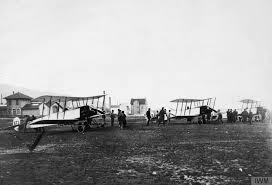
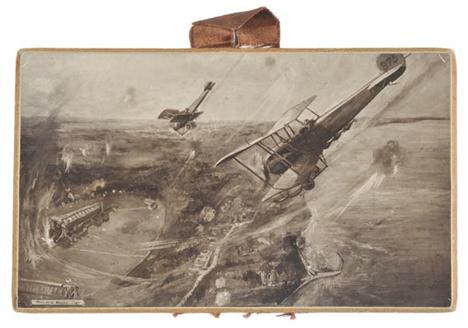
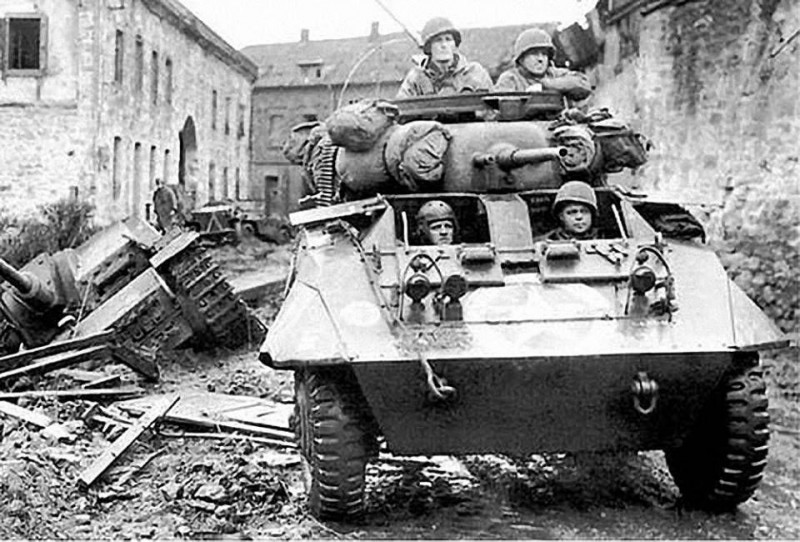
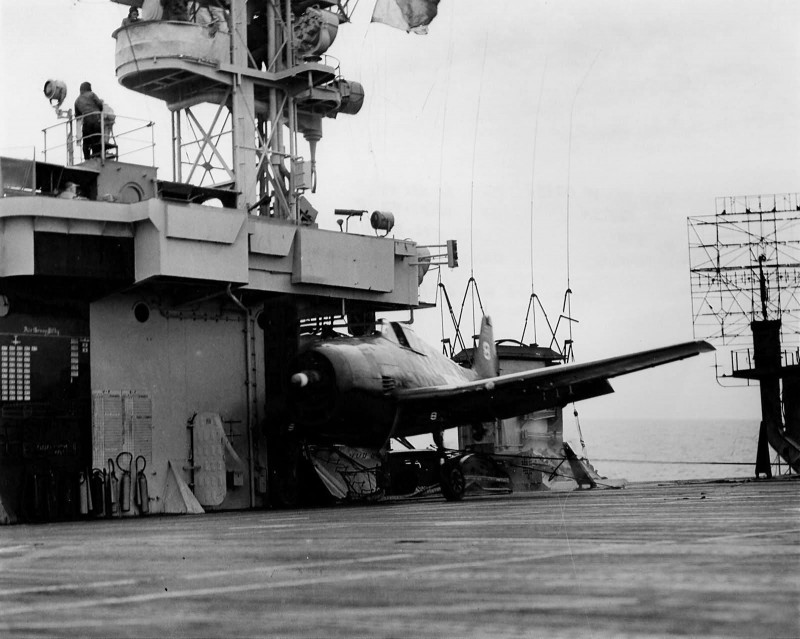


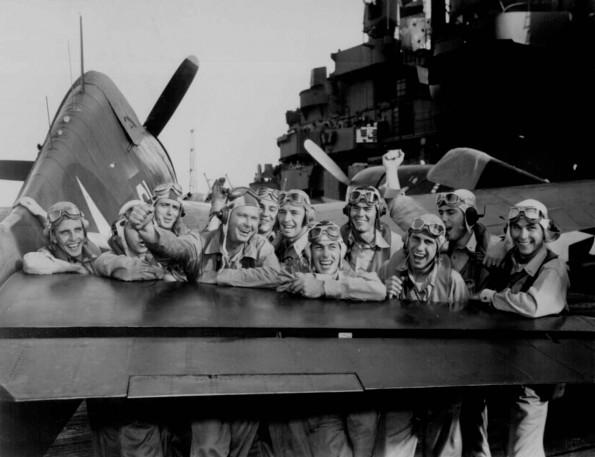
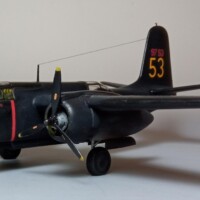
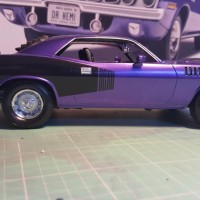
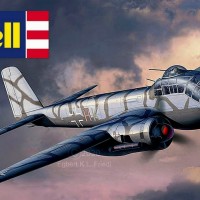
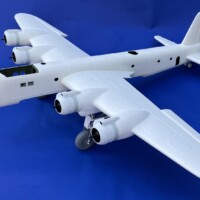
David this is another excellent post. The last photo shows Commander Buie with other members of VF-16. I was fortunate enough to meet one of the pilots who flew with this actual group of men. His name was Arthur Payne Whiteway. I built up a F6F-3 modeled after one of the planes that he flew. "Whitey" was credited with two Zeros during the War. There's another picture I posted of him standing next to some other pilots who scored on the same day. Commander Buie is among them.
Thanks again for posting these.
Another great installation of OTD - thanks, David! The whole Tarawa thing was quite a mess - and what gets lost at times is the fact the second day was even worse than the first. As many of the Amtracs got destroyed or damaged on day 1, reinforcements had to come in using LCVP's on day 2. And with the low tide these boats weren't able to cross the reef, so the Marines had to wade in across hundreds of yards.
For anyone interested in this particular battle, I can recommend "Utmost Savagery: The Three Days of Tarawa" by Col. Joseph H. Alexander.
Nice Avro shots.
Thanks, Rob. Here's one I was also going to include, which is the actual plane that Edward Briggs used on that raid on the 21st.
VERY interesting.
The XF9F-2 took flight on 21 November 1947, with Grumman test pilot Corwin H. “Corky” Meyer at the controls. Meyer later recalled that the flight was made under the worst weather conditions he could remember for the first flight of a new design, with a solid overcast at 9,000 feet. Meyer’s initial checkout of the aircraft’s flight characteristics revealed that stalls presented no problems and that “it performed like a J-3 Cub.” The Navy required that Grumman land the airplane at the then-unfinished Idlewild Airport in New York, a requirement that set Meyer on edge since it would mean flying over some densely-populated parts of the city in an unproven airplane. In the event, “the Nene performed perfectly and all was well.” Meyer’s return to Bethpage was delayed by the arrival of Grumman’s only external power jet starter truck. The ceiling on his departure was 1,500 feet in light rain, with a forecast ceiling at Bethpage of 3,000 feet. As he recalled, “my second flight was a wild ride.” Soon after takeoff, he found himself at 1,000 feet in heavy rain. Executing a turn to the west, he was soon out of the rain and then discovered he was flying at 400 mph, rather than the 220 mph he had been ordered to maintain on this first test. He returned to Bethpage without further incident. “I had just unintentionally demonstrated 50 percent of the complete structural envelope of the XF9F-2 in a seven-minute second flight under partial instrument conditions. The Grumman Ironworks designers had again come to my rescue.”
(From "Holding The Line" coming March 19, 2019)
Fascinating insight, Tom. As always. It’s interesting how this feature is developing; I post a photo and a caption and invariably members add to the story. In this case (as with the Chosin campaign, and we ain’t seen the last of that) you’ve added another layer to the thread, brining a Paterson always and detailed touch to the journal.
Thanks for the data, the stories, and the support, Tom.